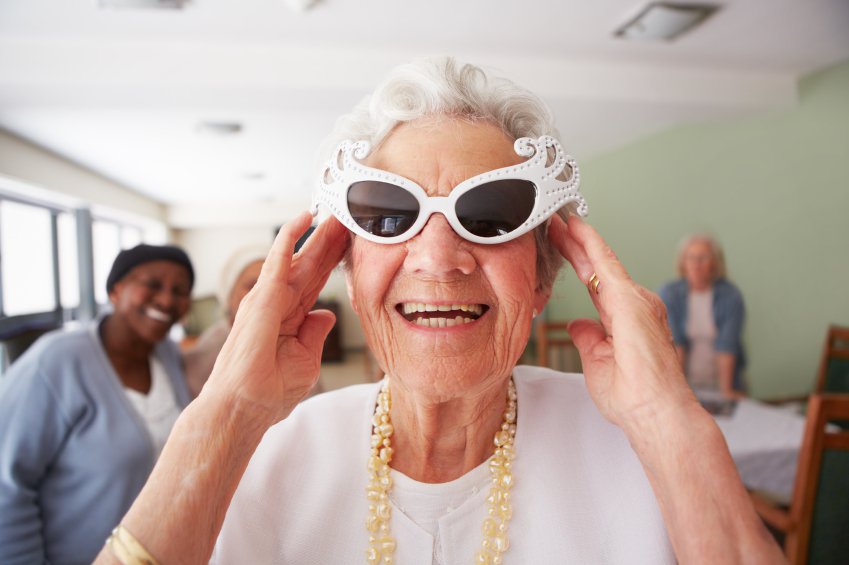In the ongoing fight against aging, researchers have focused in on so-called “Blue Zones,” where people live — and live well — deep into their 90s and 100s. These places, scattered from Costa Rica to Japan, have become a sort of Mecca for longevity for researchers who seek desperately to understand the common denominator. This examination has exposed several constants that define life in each of these diverse regions, whether it be a suburb of Los Angeles populated by Seventh Day Adventists or a rural Greek island, and provides clues as to what helps a person live wellpast the average lifeexpectancy.
What’s most surprising — and encouraging — is the simplicity that characterizes these keys to longevity. The research suggests that by making small changes in your lifestyle and mindset, you could potentially add years to your life.
How They Eat
Although these Blue Zones are found all over the world, with different cultures and diverse diets, there are several key habits that may play a profound role in longevity.
Moderation is one of them. In Okinawa, Japan, which has some of the longest-living women in the world, people recite an old Confucian mantra, “hara hachi bu,” which reminds them to eat only until they are 80 percent full.
These small meals are seen throughout the Blue Zones, with the smallest and last meal of the day taking place sometime in the late afternoon or early evening.
Across the board, Blue Zoners eat a largely vegetarian diet focussed on vegetables and beans. On average, they only eat meat about five times per month and, even then, in small three- to four-ounce servings.
In most cases, the food comes from personal or family gardens and goes straight to the tables.
For everyone but the Seventh Day Adventists, wine is also an important part of the diet. Wine is enjoyed moderately and regularly, around one to two glasses a day, with food and friends.
How They Work
Researchers have found that in Blue Zones, interestingly, exercise seems to take a backseat to everyday activity. People work around their houses, in the gardens or on their trades. In every case, their lifestyle and their environment push them to be active throughout the day. For instance, many people in Blue Zones walk or use their bicycles for transportation.
Author Dan Buettner, who coined the term “Blue Zones” in his book of the same name, discussed meeting one noteworthy man in Sardinia, Italy with NPR. The man, Giovanni Sannai, was 104 years old when Buettner met him and was chopping wood at 9 a.m. Sannai started his day with a glass of wine and spent the rest of his time doing chores around his house.
But Buettner also noticed something fascinating about Sannai’s lifestyle that was a trend throughout the Blue Zones.
How They Live
As Sannai went about his day, people came seeking his advice as a respected member of the community. This strong sense of respect for the elderly, giving them a purpose, was a cornerstone of the Blue Zone lifestyle.
People who live in Blue Zones enjoy frequent, informal visits with their friends and family. Everyone has a place and a purpose in the community, even as they age. In Okanawa, this way of life is called “ikigai,” or “sense of purpose.” In Costa Rica it’s “plan de vida.” Throughout all Blue Zones, the idea that you are still relevant, useful, even respected as you age, permeate.
Despite an ethic of hard work and an emphasis on purposeful living, all Blue Zone cultures enjoyed a balance of work and relaxation most Americans can only admire from afar. In Ikaria, people take their time, pay little attention to the clock and take naps every afternoon. Although it takes different forms, including naps, prayer and meditation, each Blue Zone society has a sort of institutionalized relaxation that helps them to slow down and refocus.
It is true that genetics play a major role in life expectancy, but that’s not the whole story, as a diverse Blue Zone community of Seventh Day Adventists in Southern California attests.
Do you employ any of these Blue Zone lifestyle habits? Please share your experiences with us in the comments.
Sources
http://www.nytimes.com/2012/10/28/magazine/the-island-where-people-forget-to-die.html?pagewanted=all&_r=0
http://www.ncbi.nlm.nih.gov/pmc/articles/PMC3051199/
http://www.npr.org/templates/story/story.php?storyId=91285403
http://www.bluezones.com/live-longer/power-9/

